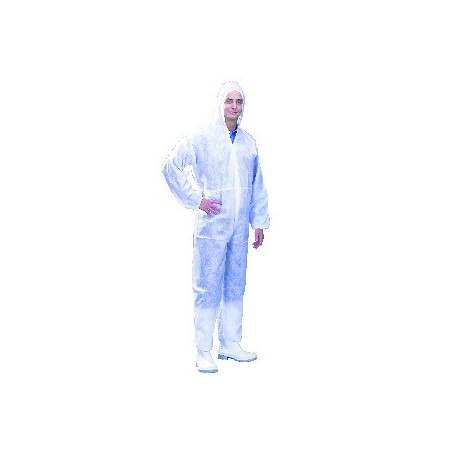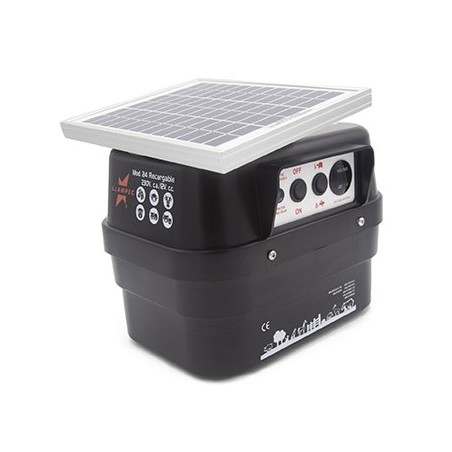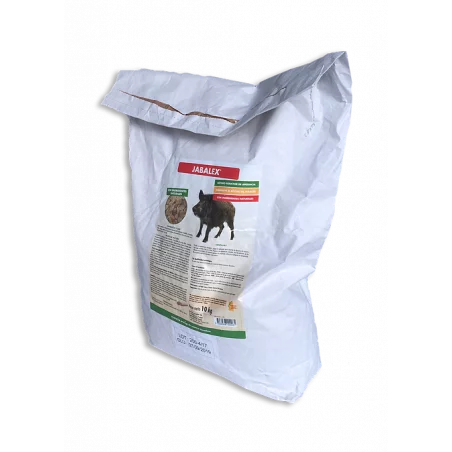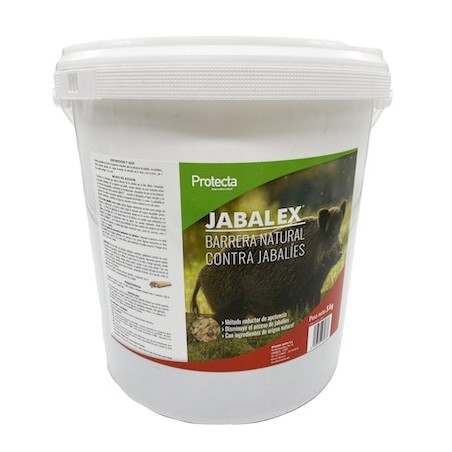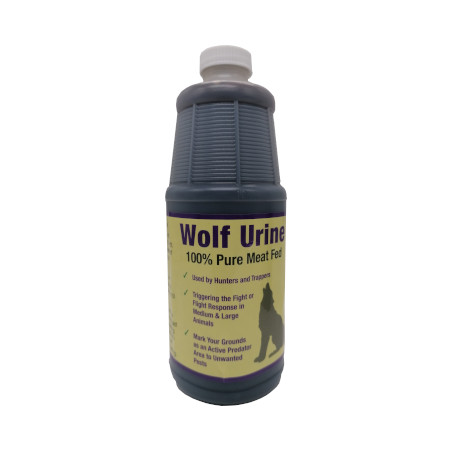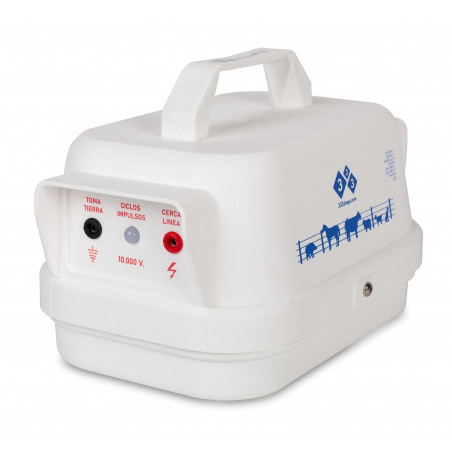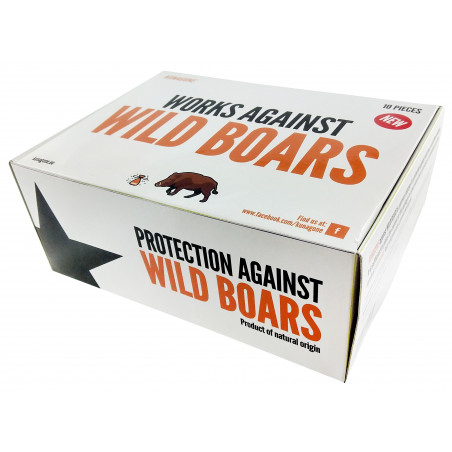For countries that continue to be negative for African Swine Fever (ASF), national bio-exclusion (external biosecurity) strategies are aimed at preventing this transboundary, reportable virus from crossing their international borders via people, contaminated meat imports or feral swine movements. However, once the disease has found its way into a new country or region, and especially when it enters domestic swine production, the focus shifts towards bio-exclusion at the farm level and a whole new set of questions are asked: Do we clearly understand which are the most effective biosecurity measurements to prevent the transmission of ASF between farms when infection pressure increases? What are the major worries of those producers and veterinarians dealing with outbreaks of the disease over short distances? We asked these and many more biosecurity questions to our contributing swine professionals from Russia, China, the Baltics, and Poland and this article will summarize their practical experience.
Dr. Karbowiak and Mr. Corns agree that a single biosecurity plan does not fit all farms. They share the opinion that each individual farm/company/system has to comprehensively review the basics of biosecurity with their team (i.e. risks associated with people, vehicles, animal movement, and dead stock, etc) and a complete biosecurity plan should be designed for each specific farm. Mr. Corns summarized his key coaching strategy for producers regarding farm specific biosecurity plans in the face of ASF: "prioritization, development, and execution". Three words that summarize very well the three most important actions from his perspective. He approaches biosecurity recommendations differently depending on every scenario. This may apply to the farm level or the country level (e.g. China vs Russia). Priorities need to be identified- said Mr. Corns. For example, he believes that in China the risk of people exposure to infected live animals and potential exposure to contaminated pork is much higher than in any other countries. As a result, his 5 most common priorities for this country and other countries with similar scenarios of high risk of virus exposure are:

- Transportation: external trucks, loadouts, drying systems (TADD), truck washes, strict control of transportation routes.
- People: employees and service providers. Biosecurity training and assessments of on-site employee residence facilities, and downtime declarations.
- Feed ingredient traceability and source verification
- Enhanced biosecurity audits using both internal and external third-party auditors
- Removal of dead stock collection services for rendering, specifically in ASF endemic active/areas: the new strategies include a focus on incineration and composting
Dr. Kolbasov, current director of the Russian reference center for ASF research and diagnostics, is very practical when advising regarding biosecurity. For him, the most important direct transmission route is the uncontrolled movement of infective animals and their illegal trade which is considered to be the most important factor causing ASF introduction in new areas. When considering indirect transmission of ASF, he highlights the importance of a good loading chute design for the correct movement of animals from the farm to the truck to ensure that they only move in one direction and are not allowed to return to the farm. Finally, he emphasizes the importance of good load out cleaning and disinfection immediately after every use.
Dr. Čepulis, our swine consultant based in Lithuania who practices across the Baltic region, highlights the importance of the continuous education of the staff with regards to biosecurity in order to make them key partners in the execution of the plan. Teaching staff so that they truly understand why each of the rules are needed is necessary. He also shared with us that, from the legal point of view, that most big farms in his region have introduced a "Biosecurity Annex" to most of labor contracts with farm workers or any other service worker related to the farm. These farms now require their workers to officially acknowledge their obligation to know and practice farm biosecurity rules at all times. He mentioned that some companies are also approaching neighboring farms (10km radius) to establish a pig free zone around their own facility by supplying meat to locals. This is a strategy that the biggest Estonian producer has followed in order to protect the business by reducing the chances of outbreaks in small neighbor backyard farms.
In response to the question: "What is the number one biosecurity measure implemented on their customer’s farms as a result of ASF?" - all 4 swine experts agreed on the importance of feed biosecurity (i.e. risk mitigation technology and contamination risks associated the ingredients and manufacturing steps). In addition to the biosecurity of feed, the other key concern was related to oral exposure to contaminated pork products. They emphasized the importance of understanding the different technologies used for the preparation of different meat products and whether or not they are capable of inactivating the presence of infectious virus. Clearly, restricting pork meat into the farm was considered critical. Dr. Kolbasov was concerned about properly tracking and understanding food technology of products potentially made with contaminated raw meat such us sausages. He mentioned certain Russian pork products that are just raw meat cured with salt without any other cooking treatment. A very risky product, indeed, but one with a very strong consumption tradition in Russia. Dr. Čepulis was especially concerned with people movement (truck drivers or farm workers) carrying pork products from infected countries like Belarus or Ukraine into negative areas. Besides, salted, cured and cold smoked bacon and sausages are quite popular also in Ukraine, Belarus and Baltics, widely consumed and traditionally taken along when travelling. The fact that the potential left-overs of these products could re-infect wild boars or even domestic pigs supports the fact that border control should be stricter. Dr. Čepulis commented that they should look for pork products at the different borders using trained dogs in the same way they search for illegal drugs. As part of this ASF scenario, Dr. Čepulis also noted that most Baltic farms actually advise their staff to avoid visiting the forest in order to minimize the chances to contact wild boars. This is sometimes challenging when activities in the forest, such us animal hunting and berry/mushroom picking, are part of their culture. Diminishing wild boar population density is an effective measure, but don’t exclude the virus presence. Vaccination of wild boar via baits with oral vaccine could be a good solution in the future, allowing to eradicate this "sylvatic" ASF, leaving both parties happy: hunters & farmers.
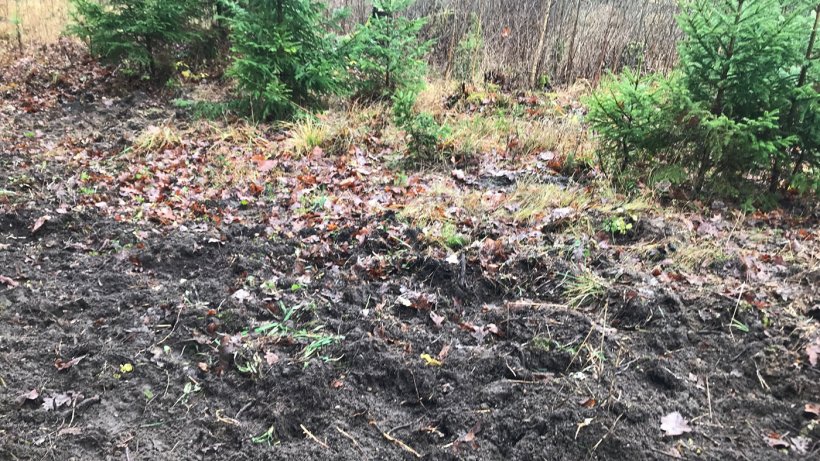
This is the last of a series article that was aimed at reviewing the experience with ASF of 4 swine experts from different regions of the world. Hopefully, this and many other reviews already available in the literature are enough to highlight the knowledge and the biosecurity strategies that will help us to stop the spread of this devastating virus. In closing, I would like to quote Mr. Corns: "For a company to be successful these days in an adverse ASF scenario, biosecurity needs to be engraved in their company pillars. If this is not the case, ASF will find the weak points". Let’s continue to learn from each other to identify our weakest points and protect our industry.







